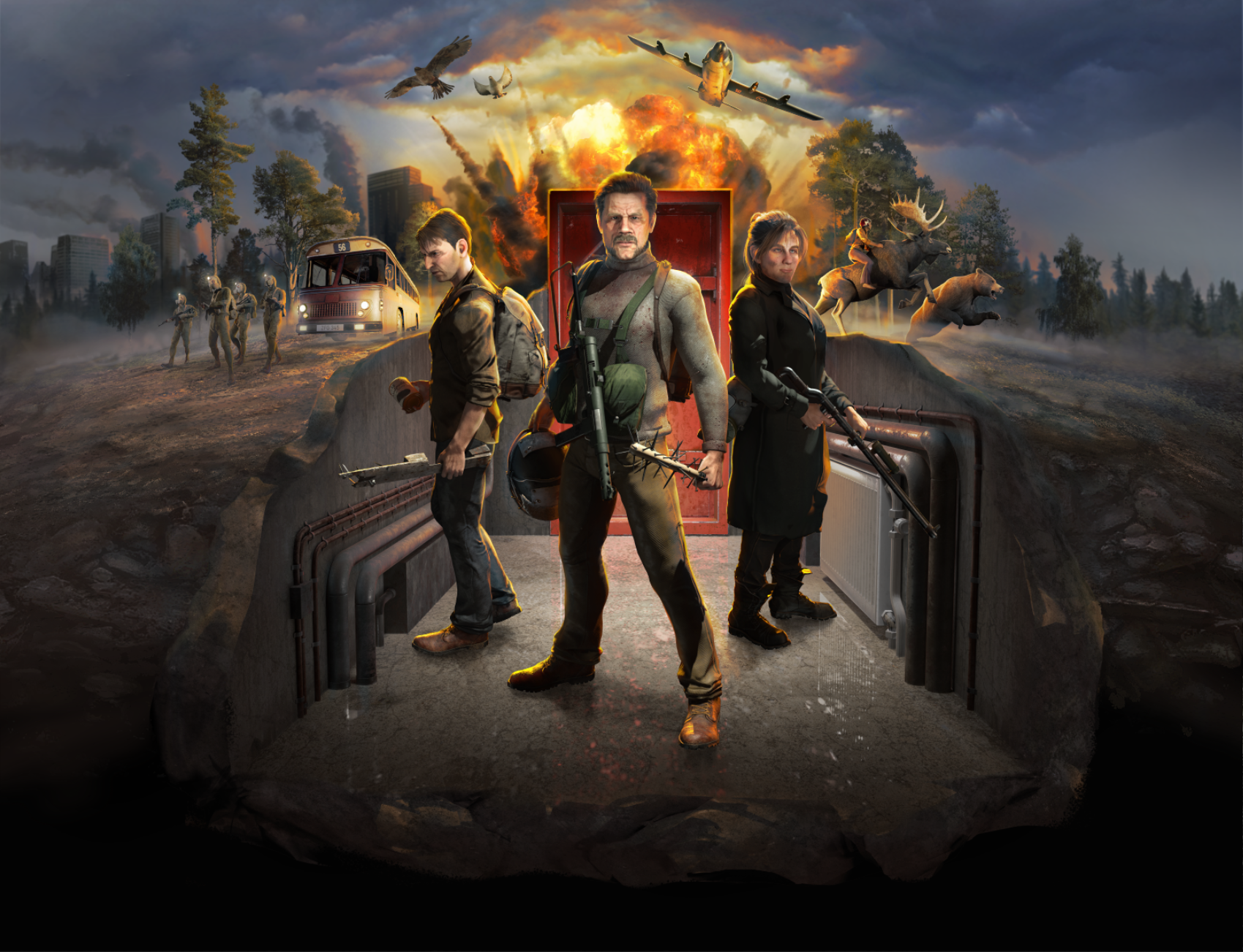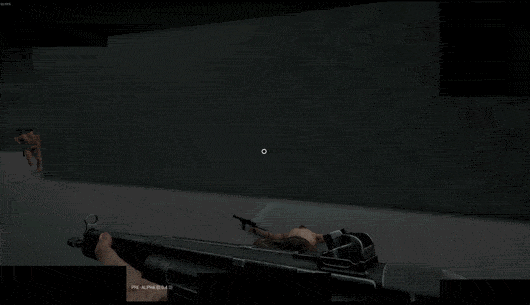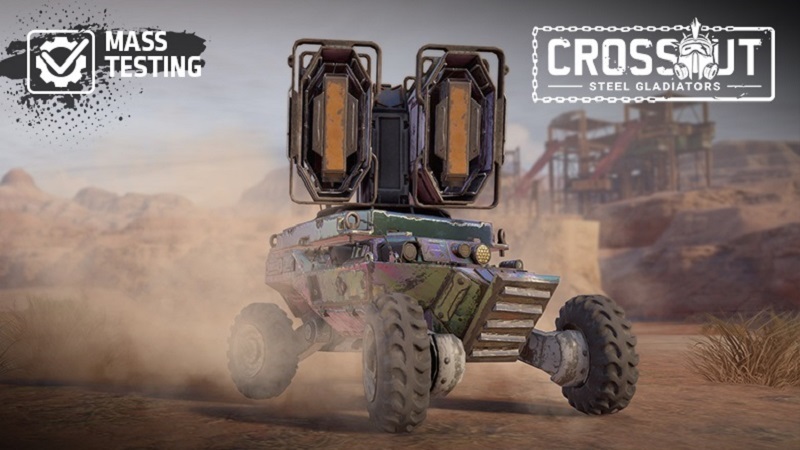
Mar 18, 2022
Espiocracy - Rafal Grochala
What's happening / TLDR: Developer diaries introduce details of Espiocracy - Cold War strategy game in which you play as an intelligence agency. You can catch up with the most important dev diary (The Vision) and find out more on Steam page.
---
Why are people willing to die for an idea? What makes the idea of a "nation" so powerful? How do nations form?
Espiocracy embarks on a journey to answer these big questions. Starting on January 1, 1946, the game launches you into a world recovering from the Second World War and into the long shadow this war cast on the concept of statehood.
Countries once described as empires, proud conquerors of the world, were themselves conquered or economically crippled. Even after victorious war-time counteroffensives, they were no longer in a position to retain their power over colonies. Some nations even owed part of their hard-won liberty to conscripted colonial subjects, who, for their part, had seen first-hand that Europeans were not as civilized as they had been led to believe.
At the same time, two anti-colonialist powerhouses were emerging from the ashes of WWII. United States and Soviet Union, eager to make a case for their opposing ideologies, armed freedom fighters and promised economic miracles to potential new countries.
And so, the era of decolonization begins - Petri dish of nation forming.

Transcript: 19XX year of independence for majority of decolonized countries in the real world history.
The Cold War precipitated decolonization of dozens of countries. In the game, decolonization powers multiple ways in which events could have come to pass, mixing diverse interactions to create different alternate history every time you play.
In Espiocracy, colonization shares features with occupation. Colonies and occupation zones fall into the wider category of proto-states: separate ecosystems of actors (influential people, organizations, and sectors) controlled and exploited by another country through a set of external actors (colonial administration, military forces). Subtypes and power of the latter define details of proto-state's dependence, ranging from indirect rule through indigenous leaders (the British model) to de jure incorporation (e.g., French Algeria).
Colonies are populated by groups divided along ethnic, linguistic, and religious lines; for instance a white minority and indigenous majority, Tutsi and Hutu, or major ethnic groups of Indonesia. In this model, there is no inherent anti-colonial conflict (besides the usual anti-settler tensions). Instead, there are conflicts (and cooperation) between groups and actors that can be exacerbated by a colonial/anti-colonial divide but that also extend to tensions around settlement, economic exploitation, indigenous clashes, secession from colonial rule, and many more.
Populations and actors are mutable. They are modified by the wheel of history: migration, urbanization, green revolution in agriculture, new forms of media, lack of environmental resources, and supranational institutions.
This is where establishment dynamics kick in. Seeds of national identity reside in population groups, whereas physical countries are formed by concrete actors, such as political leaders and social movements. Delicate dance between these forces differentiates one colony’s fate from another’s. Two extreme examples of this phenomenon can be seen in trajectories taken by two neighboring countries: Guinea (whose anti-French movement under Ahmed Sékou Touré led to dramatic departure of colonists who literally unscrewed lightbulbs when leaving) and Senegal (where pro-French rule under Leopold Senghor saw Senegalese troops sent to crack down on rebellion in another French colony).
Espiocracy leverages its unique approach to the grand strategy genre - playing below the level of nation spirit - in decolonization gameplay. Here, you can start as a part of potentially-nation-forming organization in a colonial proto-state and work from the shadows towards independence.
This part of gameplay is vastly different from the usual international spy intrigue. Instead of heading governmental intelligence agency with numerous employees, you guide a small group of fixers without diplomatic immunity or ability to form robust surveillance groups. This is where the system of contacts can shine. A few properly developed contacts can provide substantial support and result in deals that can mean the difference between successful decolonization and failure of your movement.
In addition to contacts, other ways to play direct role in decolonization include:

Transcript: On a spectrum from playing as a nation to playing as a character, middle position of an intelligence agency moves towards characters in the decolonization phase.
It is partially inspired by real-world examples, such as highly active intelligence components of Vietnamese independence organizations or members of Polish anti-communist opposition forming counterintelligence cells.
Colonial empires, famously, have taken very different paths in the decolonization process, often on a case-by-case basis. In-game differences between these trajectories depend on economics, use as a political and military outpost in the region, government’s views on colonialism, views on goals and race (e.g., difference between British racism and France’s “civilizing mission”), ability to project the power, schemes such as a second colonial occupation, and direct relationships between actors in the homeland and those in dependent territories. In gameplay, these factors are complemented by external factors such as events (such as Suez crisis accelerating decolonization) or international pressure (like the formation of the UN, signing of the Geneva Accords, and emergence of global superpowers).
As a player, you are asked for advice and can proactively recommend action on a spectrum ranging from all-out military intervention (e.g., the Dutch in Indonesia) to fleeing the scene (e.g., the British in Palestine), all of which have far-reaching consequences. Repression is handled by military and separate secret police, but you can also choose to directly engage in the process as an imperial state actor following, for instance, the Portuguese approach in Mozambique, where PIDE allegedly assassinated Eduardo Mondlane, leader of local independence movement.
In some territories, you can nurture close cooperation with the white minority, which may be profitable not only for the country but also for your organization. Colonies can also influence homelands via actors (e.g., Jacques Soustelle, the French Governor-General of Algeria who planned a coup to overthrow government in Paris) and population (primarily through migration).
Moreover, decolonization gameplay includes the option to interfere in other colonies. The Cold War was very much a conflict between proxies of proxies with France supporting anti-colonial movements in British dominions, the US backing apartheid anti-communist governments, Cuba exporting revolution to Angola, and alleged conflict between Soviet and Chinese intelligence services spilling over into Africa.
There's more than one way to skin a cat:
After independence, the fate of the new country is decided by international recognition, access to the UN, and the establishment of state structures. Often, new countries are overflowing with competing factions, such as population groups that value local patriotism over loyalty to the whole country. They must also deal with neighbors who try to exploit their vulnerabilities and often undeveloped economy. In some cases, civil war is inevitable. Gameplay at this stage transforms from a local faction-related affair to international gameplay involving the acquisition of much-needed technology, knowledge, and alliances, all of which must be achieved while avoiding neo-colonization.
With this dev diary, we finished initial sequence of articles focused on nations in Espiocracy. Next up - science and technology!
If you're not already wishlisting Espiocracy, consider doing it:
https://store.steampowered.com/app/1670650/Espiocracy/
There is also a small community around Espiocracy:

---
"At the stroke of the midnight hour, when the world sleeps, India will awake to life and freedom" - Jawaharlal Nehru, 1947
---
Why are people willing to die for an idea? What makes the idea of a "nation" so powerful? How do nations form?
Espiocracy embarks on a journey to answer these big questions. Starting on January 1, 1946, the game launches you into a world recovering from the Second World War and into the long shadow this war cast on the concept of statehood.
Countries once described as empires, proud conquerors of the world, were themselves conquered or economically crippled. Even after victorious war-time counteroffensives, they were no longer in a position to retain their power over colonies. Some nations even owed part of their hard-won liberty to conscripted colonial subjects, who, for their part, had seen first-hand that Europeans were not as civilized as they had been led to believe.
At the same time, two anti-colonialist powerhouses were emerging from the ashes of WWII. United States and Soviet Union, eager to make a case for their opposing ideologies, armed freedom fighters and promised economic miracles to potential new countries.
And so, the era of decolonization begins - Petri dish of nation forming.

Transcript: 19XX year of independence for majority of decolonized countries in the real world history.
The Cold War precipitated decolonization of dozens of countries. In the game, decolonization powers multiple ways in which events could have come to pass, mixing diverse interactions to create different alternate history every time you play.
Anatomy of a colony
In Espiocracy, colonization shares features with occupation. Colonies and occupation zones fall into the wider category of proto-states: separate ecosystems of actors (influential people, organizations, and sectors) controlled and exploited by another country through a set of external actors (colonial administration, military forces). Subtypes and power of the latter define details of proto-state's dependence, ranging from indirect rule through indigenous leaders (the British model) to de jure incorporation (e.g., French Algeria).
Colonies are populated by groups divided along ethnic, linguistic, and religious lines; for instance a white minority and indigenous majority, Tutsi and Hutu, or major ethnic groups of Indonesia. In this model, there is no inherent anti-colonial conflict (besides the usual anti-settler tensions). Instead, there are conflicts (and cooperation) between groups and actors that can be exacerbated by a colonial/anti-colonial divide but that also extend to tensions around settlement, economic exploitation, indigenous clashes, secession from colonial rule, and many more.
Populations and actors are mutable. They are modified by the wheel of history: migration, urbanization, green revolution in agriculture, new forms of media, lack of environmental resources, and supranational institutions.
This is where establishment dynamics kick in. Seeds of national identity reside in population groups, whereas physical countries are formed by concrete actors, such as political leaders and social movements. Delicate dance between these forces differentiates one colony’s fate from another’s. Two extreme examples of this phenomenon can be seen in trajectories taken by two neighboring countries: Guinea (whose anti-French movement under Ahmed Sékou Touré led to dramatic departure of colonists who literally unscrewed lightbulbs when leaving) and Senegal (where pro-French rule under Leopold Senghor saw Senegalese troops sent to crack down on rebellion in another French colony).
Playing in a colony
Espiocracy leverages its unique approach to the grand strategy genre - playing below the level of nation spirit - in decolonization gameplay. Here, you can start as a part of potentially-nation-forming organization in a colonial proto-state and work from the shadows towards independence.
This part of gameplay is vastly different from the usual international spy intrigue. Instead of heading governmental intelligence agency with numerous employees, you guide a small group of fixers without diplomatic immunity or ability to form robust surveillance groups. This is where the system of contacts can shine. A few properly developed contacts can provide substantial support and result in deals that can mean the difference between successful decolonization and failure of your movement.
In addition to contacts, other ways to play direct role in decolonization include:
- Undermining colonial government
- Organizing popular resistance
- Cooperating with other independence movements
- Harnessing external support
- Infiltrating state actors
- Protecting actors (think: Gandhi)
- Promoting pan-continental ideas

Transcript: On a spectrum from playing as a nation to playing as a character, middle position of an intelligence agency moves towards characters in the decolonization phase.
It is partially inspired by real-world examples, such as highly active intelligence components of Vietnamese independence organizations or members of Polish anti-communist opposition forming counterintelligence cells.
Playing in an empire
Colonial empires, famously, have taken very different paths in the decolonization process, often on a case-by-case basis. In-game differences between these trajectories depend on economics, use as a political and military outpost in the region, government’s views on colonialism, views on goals and race (e.g., difference between British racism and France’s “civilizing mission”), ability to project the power, schemes such as a second colonial occupation, and direct relationships between actors in the homeland and those in dependent territories. In gameplay, these factors are complemented by external factors such as events (such as Suez crisis accelerating decolonization) or international pressure (like the formation of the UN, signing of the Geneva Accords, and emergence of global superpowers).
As a player, you are asked for advice and can proactively recommend action on a spectrum ranging from all-out military intervention (e.g., the Dutch in Indonesia) to fleeing the scene (e.g., the British in Palestine), all of which have far-reaching consequences. Repression is handled by military and separate secret police, but you can also choose to directly engage in the process as an imperial state actor following, for instance, the Portuguese approach in Mozambique, where PIDE allegedly assassinated Eduardo Mondlane, leader of local independence movement.
In some territories, you can nurture close cooperation with the white minority, which may be profitable not only for the country but also for your organization. Colonies can also influence homelands via actors (e.g., Jacques Soustelle, the French Governor-General of Algeria who planned a coup to overthrow government in Paris) and population (primarily through migration).
Moreover, decolonization gameplay includes the option to interfere in other colonies. The Cold War was very much a conflict between proxies of proxies with France supporting anti-colonial movements in British dominions, the US backing apartheid anti-communist governments, Cuba exporting revolution to Angola, and alleged conflict between Soviet and Chinese intelligence services spilling over into Africa.
Independence
There's more than one way to skin a cat:
- Unilateral declaration of independence
- Autonomy granted by the empire
- Diplomatic negotiations and subsequent transfer of rule
- Victory of local actors in a civil war
- Violent overthrow of the colonial administration
- Flight of the colonial administration followed by a brief stateless period
- Referendum (fair or... rigged)
- Policy (e.g., British majority rule, French union)
- Legal pressure within the empire (e.g., Félix Houphouët-Boigny)
- Secession of the colonial administration (e.g., Rhodesia)
After independence, the fate of the new country is decided by international recognition, access to the UN, and the establishment of state structures. Often, new countries are overflowing with competing factions, such as population groups that value local patriotism over loyalty to the whole country. They must also deal with neighbors who try to exploit their vulnerabilities and often undeveloped economy. In some cases, civil war is inevitable. Gameplay at this stage transforms from a local faction-related affair to international gameplay involving the acquisition of much-needed technology, knowledge, and alliances, all of which must be achieved while avoiding neo-colonization.
Final remarks
With this dev diary, we finished initial sequence of articles focused on nations in Espiocracy. Next up - science and technology!
If you're not already wishlisting Espiocracy, consider doing it:
https://store.steampowered.com/app/1670650/Espiocracy/
There is also a small community around Espiocracy:

---
"At the stroke of the midnight hour, when the world sleeps, India will awake to life and freedom" - Jawaharlal Nehru, 1947






















